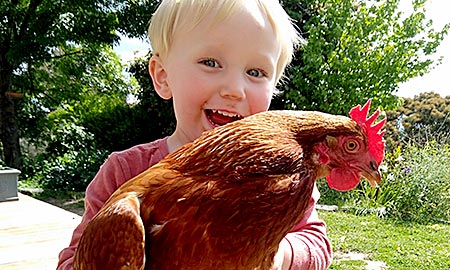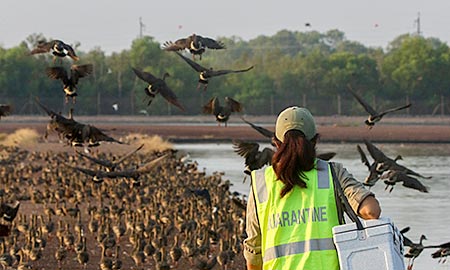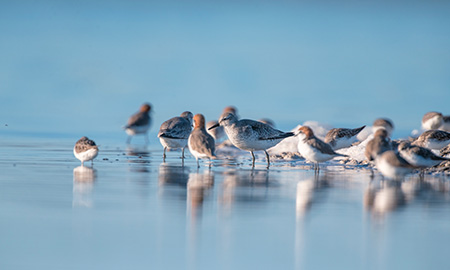If you notice sick or dead birds or other animals, you should not touch them. If there are multiple dead birds or other animals, take photos or a video.
Record your location and report it to the 24-hour Emergency Animal Disease Hotline on 1800 675 888.
We are preparing for a highly contagious strain of bird flu that has spread fast around the world.
The H5 strain (H5N1 clade 2.3.4.4b) has caused severe disease and high death rates in poultry, wild birds and affected mammals. Australia is the only continent free of this strain of bird flu.
About bird flu
What is bird flu and how does it spread
What you can do
Help protect our community, wildlife and farmers against bird flu
Human health
Staying safe when handling birds
What we are doing
How we are working to prepare for a potential H5 bird flu outbreak
Dairy cattle and other livestock
Learn about the risks to Australian dairy cattle and other livestock
Resources
Resources to educate and raise awareness of H5 bird flu
Subscribe
Stay in the loop with Poultry Post
See more
- Outbreak website (Animal and plant pests and disease outbreaks)
- Farm Biosecurity Manuals
- National Wildlife Biosecurity Guidelines
- Wildlife Health Australia HPAI Information and Resources







